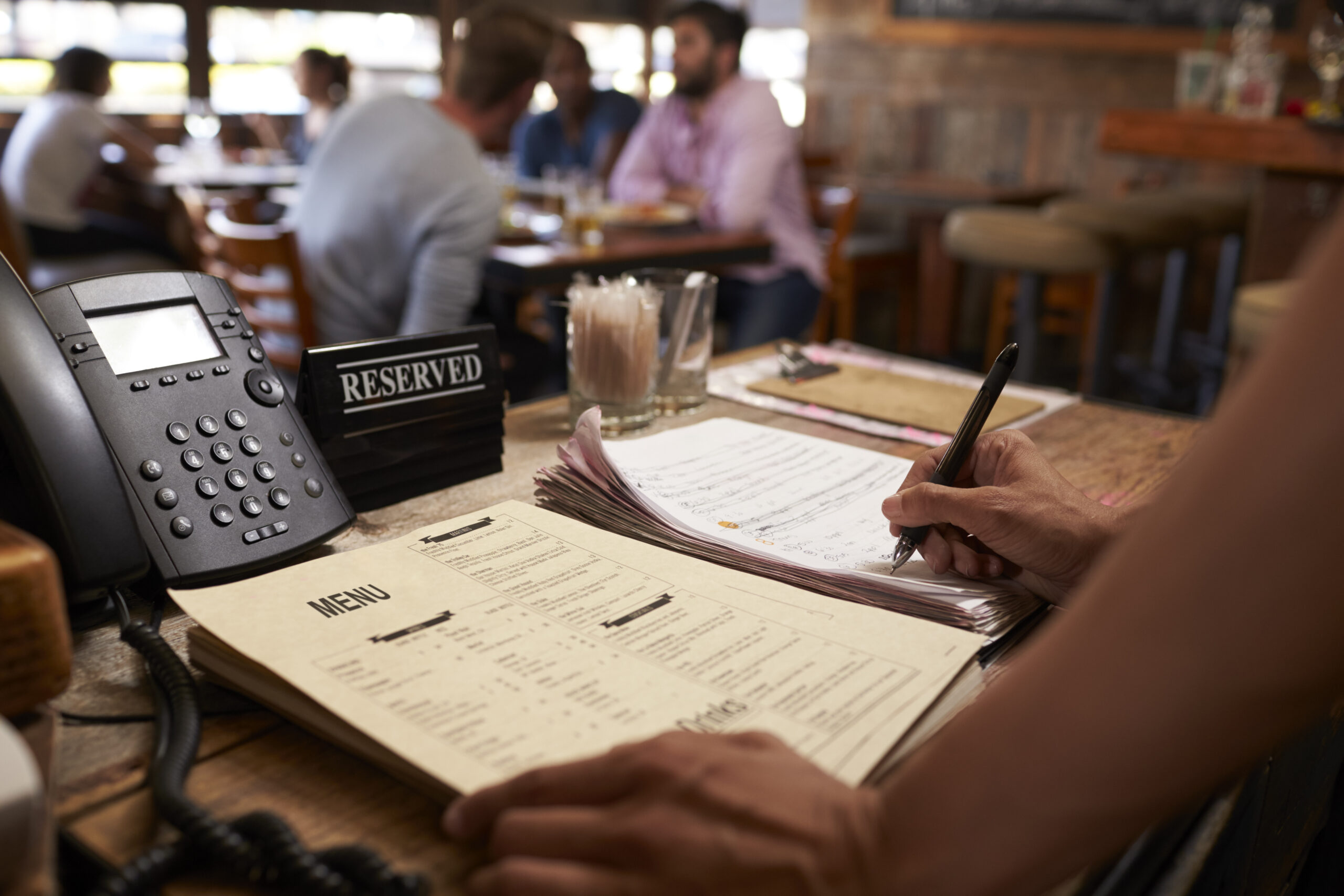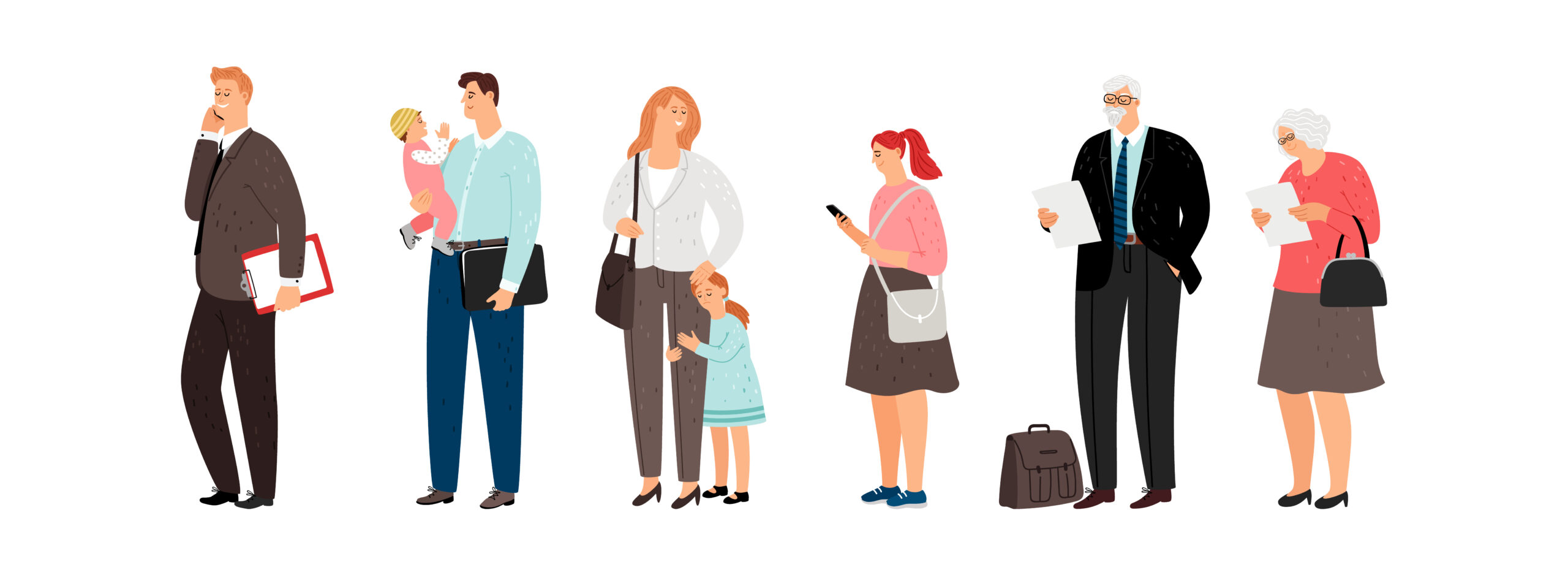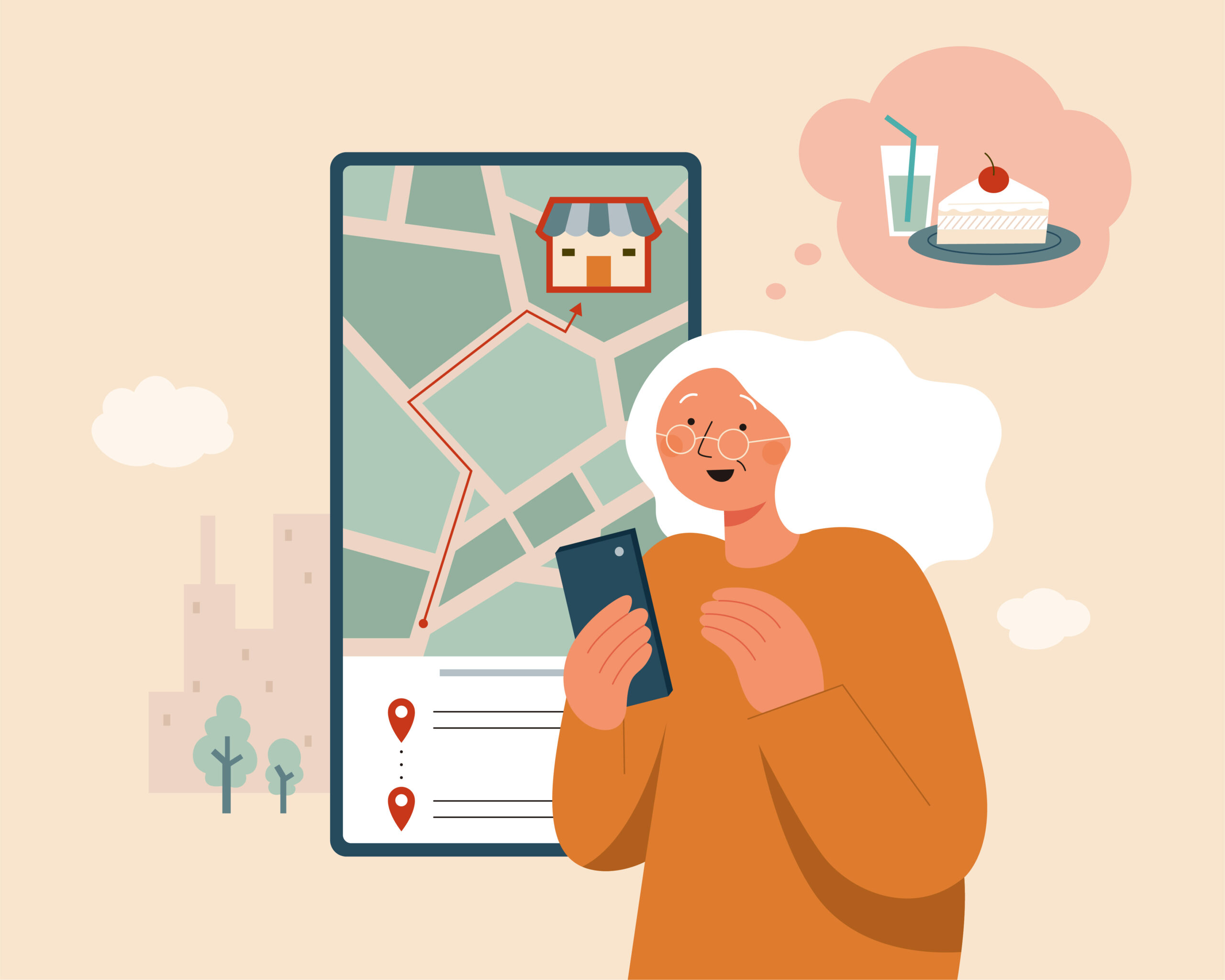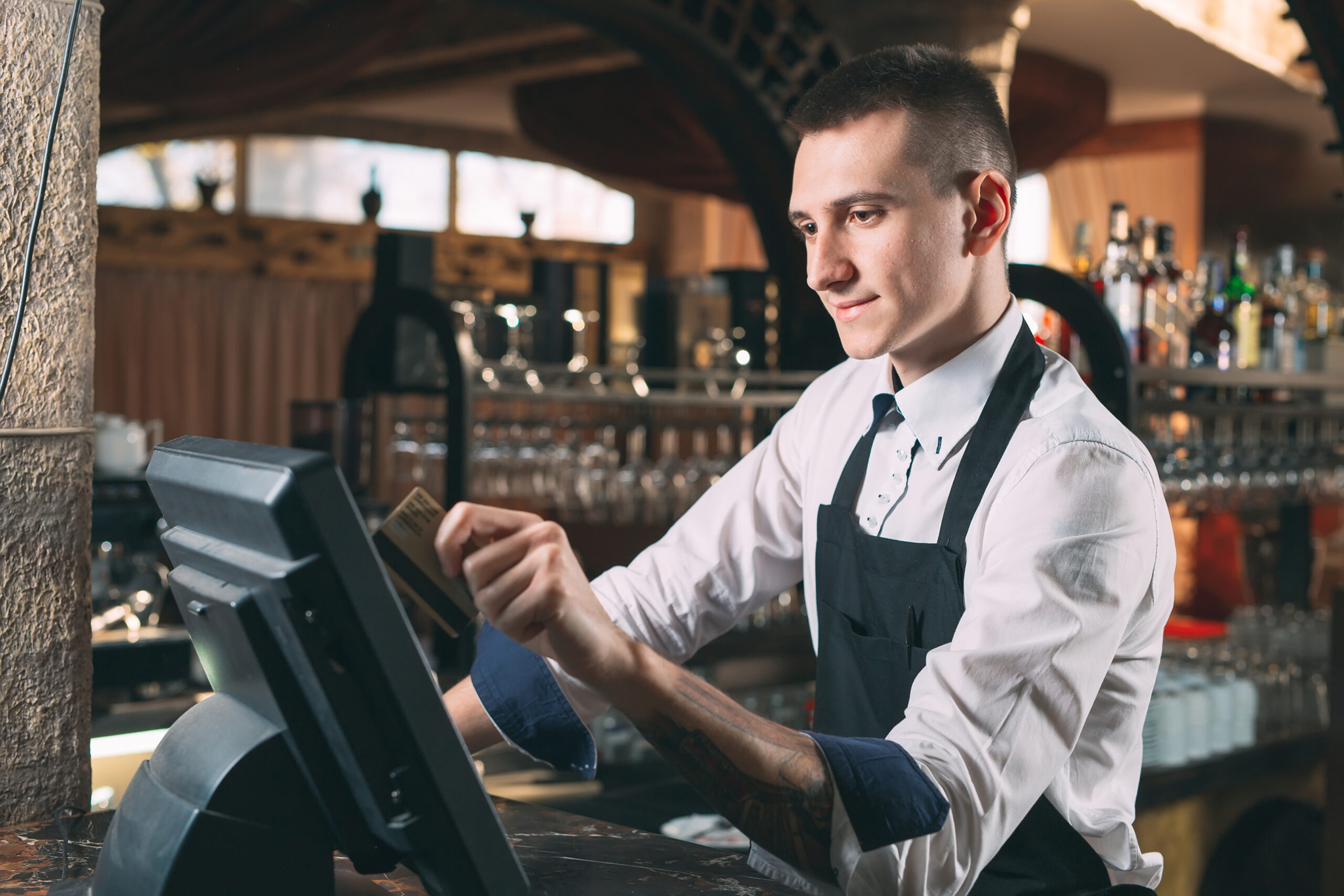Every restaurant faces the choice of reservations vs. walk-ins. Some guests want the security of booking a table ahead of time. Others like the flexibility of dropping in whenever the mood strikes. As we move through 2025, the question isn’t just which one is better, but how restaurants can make both work together.
The Case for Reservations
Reservations give you more predictability. When you know who is coming in and when, you can staff more effectively, plan inventory, and keep your kitchen running smoothly. Guests who book ahead also tend to spend more, because they’re coming with intention. And the demand is real, a recent study found that 59% of diners now prefer to book their table online (Nowbookit). For special occasions, business dinners, or group gatherings, a reservation system shows professionalism and reliability.
The Case for Walk-Ins
Walk-ins, on the other hand, bring energy and spontaneity. They allow your restaurant to capture people who are out exploring the neighborhood, tourists who didn’t plan ahead, or locals looking for a casual night out. Walk-ins also keep your dining room from feeling empty if you have last-minute cancellations. They can boost revenue without the need for advance coordination.
The Risks of Reservations Vs. Walk-Ins
Leaning only on reservations can make your restaurant seem exclusive or hard to access. On the flip side, relying only on walk-ins can lead to uneven service, unpredictable demand, and frustrated guests who leave when the wait feels too long. Neither option is a silver bullet. And without a plan in place, both approaches can increase the risk of no-shows or empty tables. That’s why many owners look for ways to reduce no-shows with better technology to keep operations running smoothly.
Finding the Balance in 2025
The best restaurants are blending both approaches. Technology makes it easier than ever to manage a reservation book and a waitlist at the same time. With the right system, you can hold a portion of tables for reservations while leaving others open for walk-ins. Guests get to choose how they want to dine, and you keep control over the flow of service.
Why Guest Choice Matters
Customers today value flexibility. Some want to plan their Friday night dinner on Monday. Others want the freedom to decide on the spot. Meeting both types of diners helps you attract a wider audience and build loyalty. It also reduces friction at the door, since hosts aren’t left scrambling to explain policies or manage expectations.
Final Thoughts
So what’s better: reservations vs. walk-ins? The answer in 2025 is both. By creating a system that supports each, restaurants can maximize revenue, reduce stress for staff, and deliver a better experience for every guest who walks through the door.





